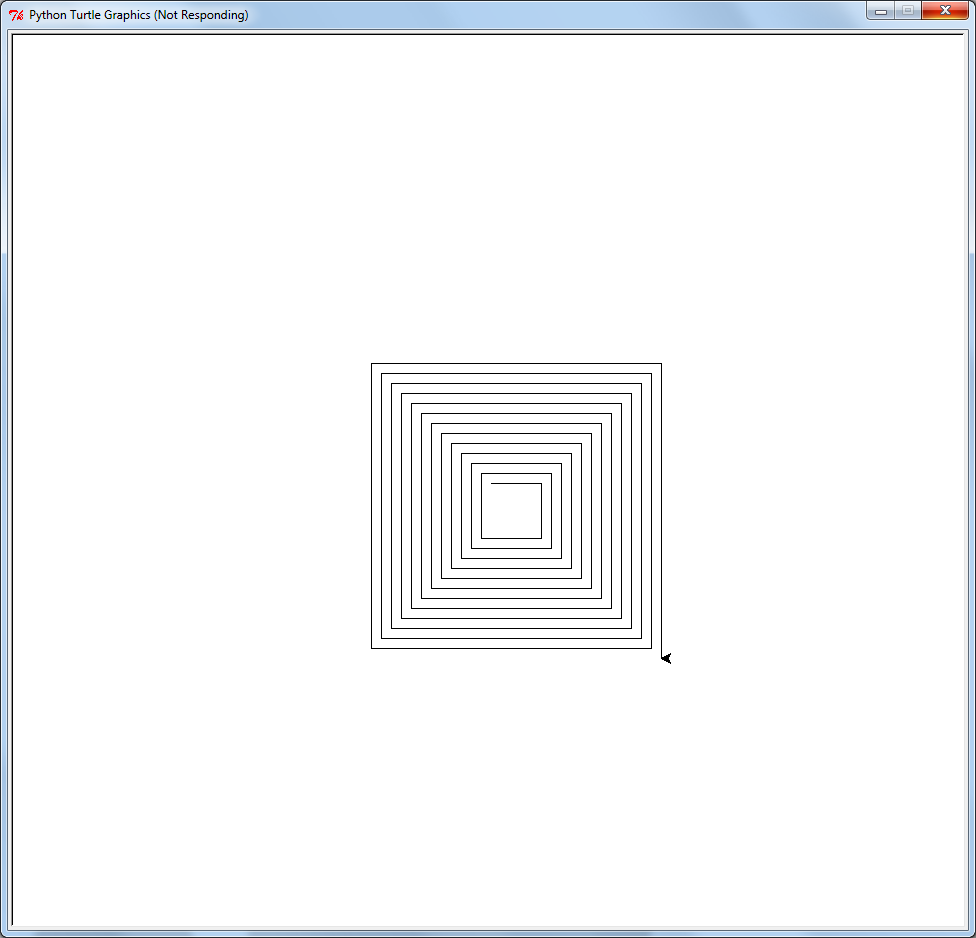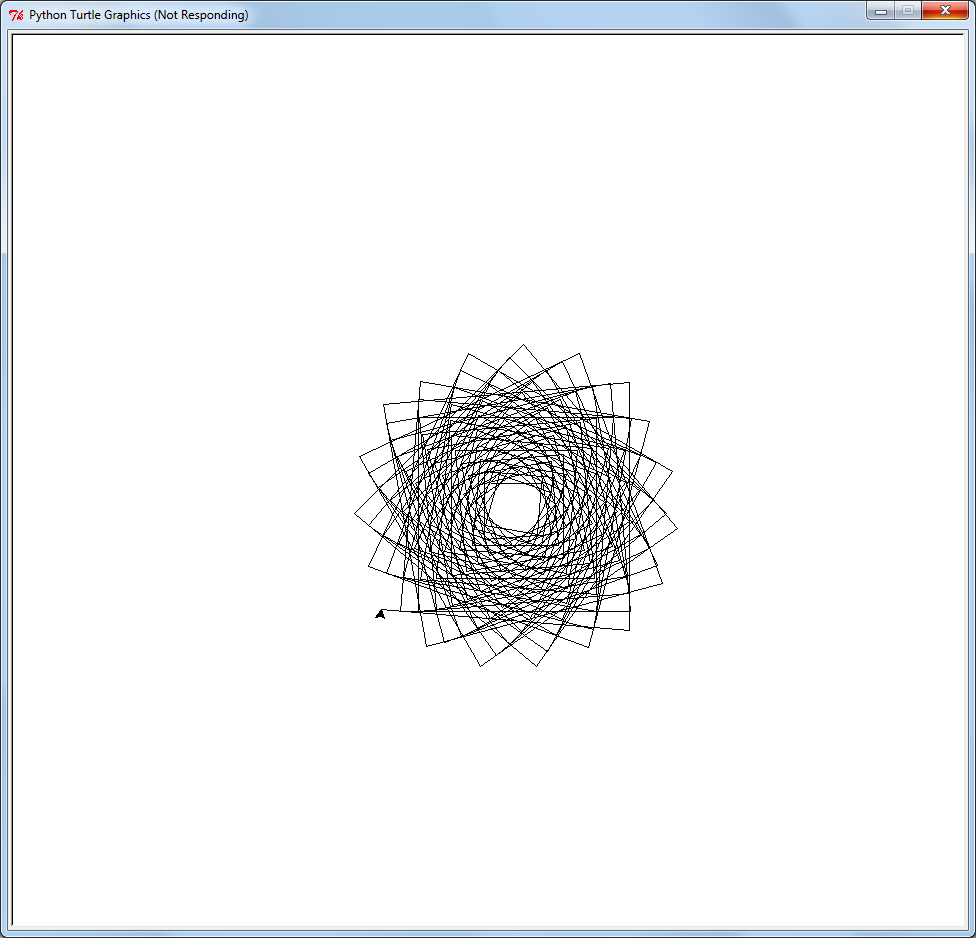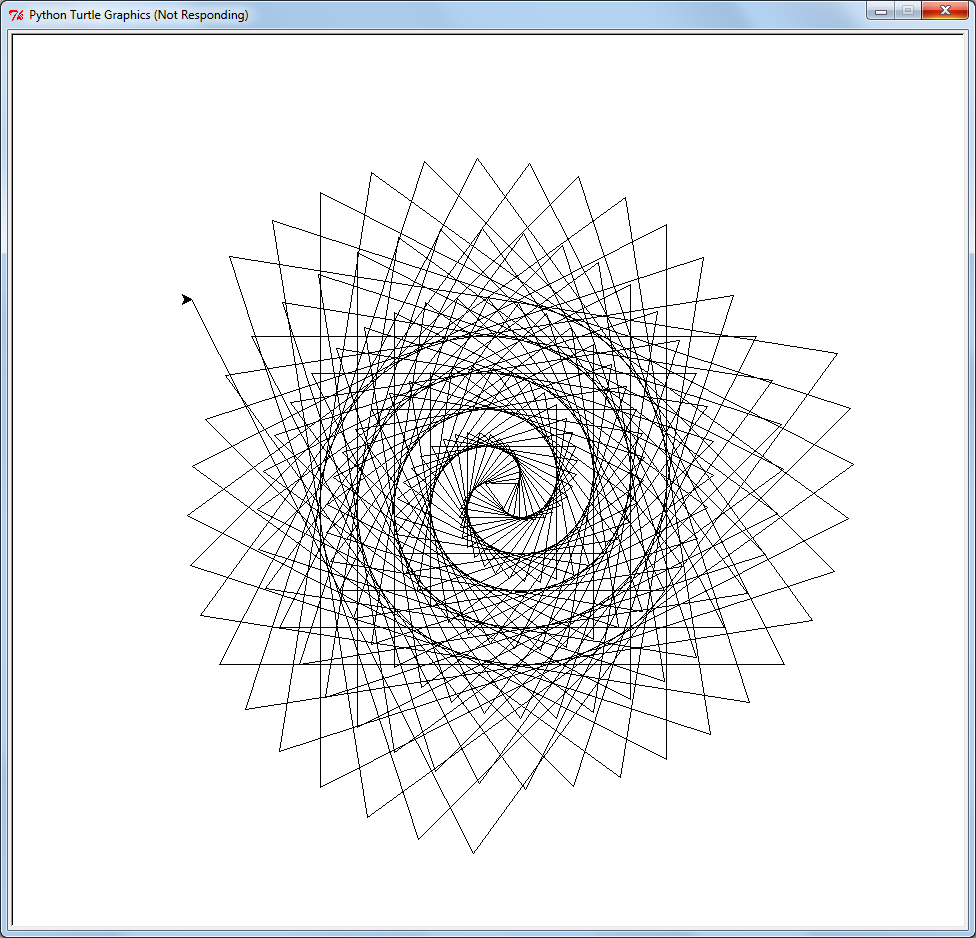Traylix waited, he wasn’t nervous but he was pretty sure that something was about to go wrong; it always did. He glanced over to the prince and the two marines standing further down the alley. They all wore long, shapeless cloaks with the hoods up, as did he. Hopefully this subterfuge would deprive any would-be assassins an obvious target.
From up the street Traylix heard the sound of a horse and cart and out of the darkness came two more cloaked figures, Datura and Winnowen. Behind them was a third figure leading a horse which pulled a cart loaded with barrels.
As they drew level Traylix asked quietly “The gold?”. “In the barrels” answered Datura excitedly.
The figure by the cart reached back, put on the cart’s brake and the stepped forward in a pool of light.
He was a noble looking man and he dropped to one knee, bowing in front of the marines and the prince. “My liege, it is so humbling to finally meet you” he said. The prince stepped forward and put out his signetted hand to be kissed. The noble leaned forward to kiss the prince’s hand and then suddenly leapt up, driving a concealed dagger into the prince’s chest. “The Emperor sends his regards!” the assassin spat as he savagely twisted and pulled the blade out of the prince’s falling body.
Traylix frantically backpedaled to buy himself time as the assassin turned and launched a flurry of blows. In the background Winnowen dragged the prince’s lifeless body out of the way and began casting his powerful healing magic in an attempt to save the prince.
Deadly bolts of magic launched from Datura’s fingers but seemed to wash harmlessly over the assassin. Finally Traylix was able to draw his weapons and counter attack. Boxed in by Traylix and the marines, the assassin tried to put up a fight but was quickly cut down.
Breathing heavily Traylix and the marines took up guard. He heard coughing and retching over his shoulder and turned to see Winnowen sitting the prince up. He looked awful but alive.
To his left Daturua cursed. Traylix looked over to see that she had been searching the body of the assassin and had uncovered a mark branded into his chest. The Mark of Torquemada… no wonder Datura’s magic was ineffective.
Traylix peered into the dark but there was no sign of any other attackers and the brief fight appeared not to have attracted anyone’s attention.
Well, thought Traylix, that didn’t go too badly… and that was when the gunpowder hidden in the barrels on the wagon exploded and all hell broke loose….
That was a scene from my role playing game last Thursday. Role playing games are kinda of difficult thing to explain to someone. Probably the best way to explain it is, that it is like improv theater but without the audience (other then the other players).
I have been playing pen and paper RPGs since I was a teenager but fell out of the hobby in my twenties. A few years ago I decided to try start gaming again and convinced some of my friends to give it a go. I was somewhat surprised how enthusiastically a bunch of mid-thirty year old professionals took to RPGing especially the girls (including my wife)!
So how does this thing work?
Well most pen and paper RPGs work as follows:
- One of the players takes on the job of the game master or story teller. It is their job to create the world and story in which the other players find themselves. It is the GM’s job to describe how the world reacts to what the players do. This is often the job I take on. It’s quite a bit of work but very rewarding.
- The other players each play a character in the story. It is their job to describe how their character reacts to the world around them. To guide them, each character has a defined set of strengths and weaknesses, skills, beliefs and personality quirks. These are all written down on a paper “character sheet”, hence the name: pen and paper RPGs. For instance Tralix is a Doreen (a kinda humanoid dolphin) he is a fantastic fighter and ship’s captain, but he has a loyalty quirk which means he often puts himself in danger to protect his crew and friends. Datura is a female Masaquani, she is somewhat obsessed with gold and suffers from extreme curiosity which gets her and her friends into lots of trouble. Lastly, Winnowen is Kraken (a humanoid squid) who is an powerful wind mage with a morbid fear of whales (it’s a long story).
- Some rules are followed – There are hundreds of RPG rulesets. These basically provide a framework for telling the story. Trying to hit someone with a sword? The rules cover how that works. Want to jump between two buildings? The rules cover that. Fail to jump between two buildings? The rules cover what happens when you fall from a great height. The ruleset my group is currently using is called Savage Worlds.
- Lots of strangely shaped dice are rolled. These are used to add randomness to the game. Typically you roll dice when your character is trying to perform some sort of feat. The results of the roll, modified by the character’s abilities (or lack thereof) determine if that feat succeeds or not and affects how the story unfolds.
- A setting is used. These provide a world for the game master to weave the story in. The setting we are currently playing in is called 50 fathoms. It is a fantasy pirate setting (think Pirates of the Carribean) where the world is slowly being flooded by a witches curse. Of course it is the player’s mission to stop them. Many game masters create their own settings (I suspect we all think we are Tolkien or something).
- Pizza is consumed and fun is had
As I said it’s pretty hard to explain and is really something you need to experience. But take my word for it, it is heaps of fun.
Here is a short clip of a RPG gaming session from the Tabletop gameshow, hopefully it will give you a better idea of what goes on. Although I must admit my gaming group is not nearly as focused but that is how we role… see what I did there :)







